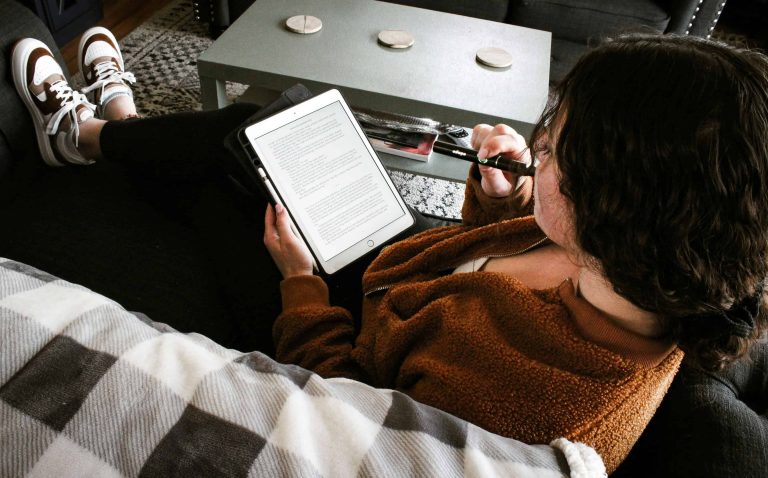Harnessing the Power of Culture for Co-creative Partnerships
Culture, a rich tapestry woven from shared histories, values, and experiences, can bridge gaps, foster understanding, and unite communities. This unifying power of culture can be harnessed to form co-creative partnerships and collaborations that are mutually beneficial and contribute significantly to societal progression. In EU external relations, these partnerships acquire added importance, helping to strengthen the cultural dimension and fostering better international relations. This blog post delves deep into co-creative alliances and how they can be nurtured through artistic collaborations.
Understanding Co-creative Partnerships
Co-creative partnerships are collaborative initiatives where diverse stakeholders actively participate toward achieving a common goal. These partnerships often involve cultural institutions interacting with education, training, and business sectors. The concept of ‘Culture for Co-creative Partnerships’ aims to leverage the unifying power of culture to foster collaborations that result in mutual growth and societal transformation.
The Role of Culture in Co-creative Partnerships
Culture plays an integral role in co-creative partnerships, serving as a connector, a facilitator, and a catalyst:
Culture as a Connector
Culture connects individuals, communities, and societies. It transcends geographical boundaries and unites people through shared experiences, values, and aspirations.
Culture as a Facilitator
Culture facilitates dialogue and mutual understanding. It provides a common language that enables diverse stakeholders to communicate, collaborate and co-create.
Culture as a Catalyst
Culture acts as a catalyst for innovation and creativity. It challenges established norms, inspires new ideas, and drives transformative action.
Co-creative Partnerships in the Context of EU External Relations
Co-creative partnerships can significantly enhance the cultural dimension of EU external relations. They can foster international collaborations, promote intercultural dialogue, and contribute to peacebuilding efforts.
Fostering International Collaborations
Co-creative partnerships can help foster international collaborations by creating platforms for cultural exchange. These collaborations can facilitate the sharing of ideas, knowledge, and best practices, contributing to mutual growth and development.
Promoting Intercultural Dialogue
Co-creative partnerships can promote intercultural dialogue by bringing together diverse cultural perspectives. This dialogue can foster mutual understanding and respect, helping to bridge cultural divides and reduce conflicts.
Contributing to Peacebuilding Efforts
Co-creative partnerships can contribute to peacebuilding by promoting cultural understanding and fostering social cohesion. By leveraging the power of culture, these partnerships can help build more inclusive, compassionate, and resilient societies.
Conclusion: The Power of Culture for Co-creative Partnerships
The power of culture for co-creative partnerships is immense. By harnessing this power, we can foster collaborations that are mutually beneficial and contribute significantly to societal progression. In the context of EU external relations, these partnerships can help strengthen the cultural dimension, enhance international collaborations, promote intercultural dialogue, and contribute to peacebuilding efforts.
As we navigate the future, we must continue to advocate for co-creative partnerships and the role of culture in society. By doing so, we can foster a world where culture is universally accessible, deeply appreciated, and harnessed to its full potential for societal betterment.
Join us in rediscovering the pivotal role of cultural diplomacy in “Culture for Co-creative Partnerships: Strengthening the Cultural Dimension of EU External Relations”.











